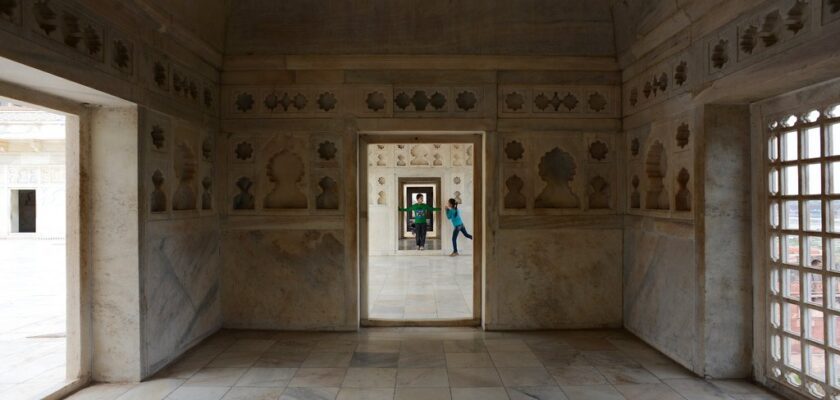Agra Fort
Agra Fort is one of the most beautiful forts of India, located in the city of Agra. It was built by Akbar in 1565, when wars were more frequent than when Shah Jahan built the Red Fort in Delhi, and was designed as a citadel surrounded on three sides by a moat and protected by a river on the fourth. The fort was completed by his grandson, Shah Jahan. Unlike Akbar, who preferred red sandstone with marble elements, Jahan used his favorite material – white marble. Shah Jahan later transformed the Agra fort into a palace, and later, after his son Aurangzeb took over in 1658, it became a gilded cage for the Shah himself for many eight years.
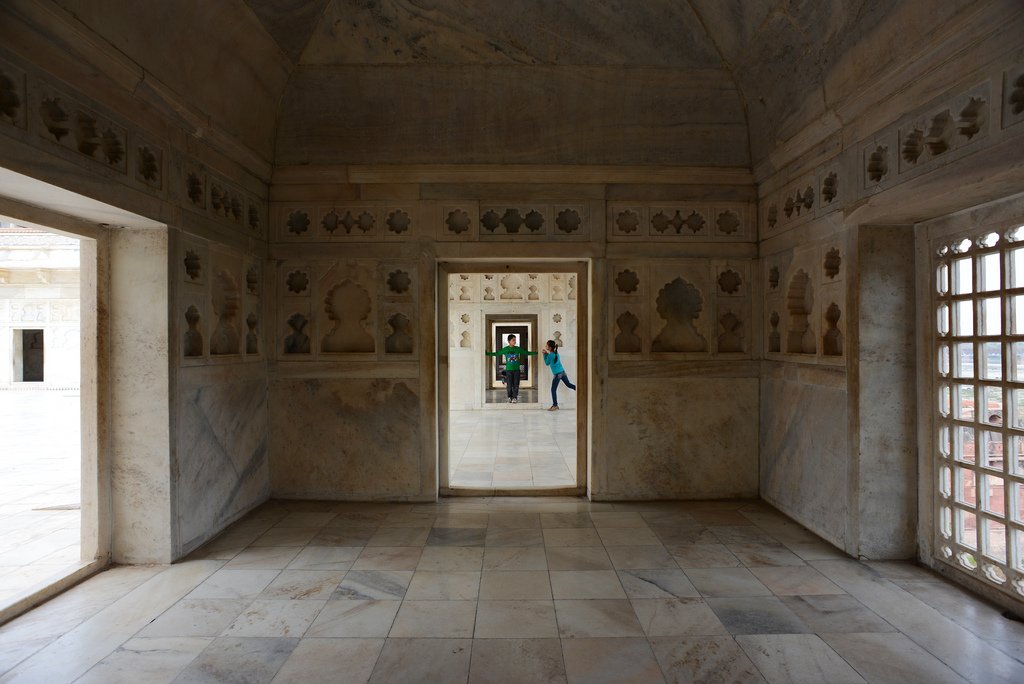
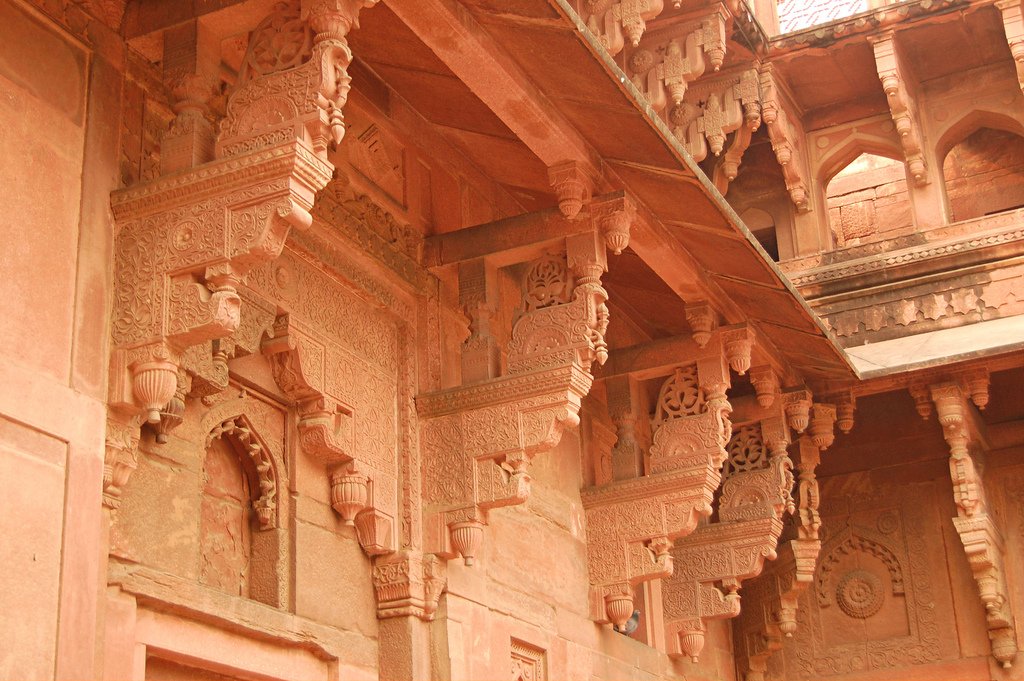
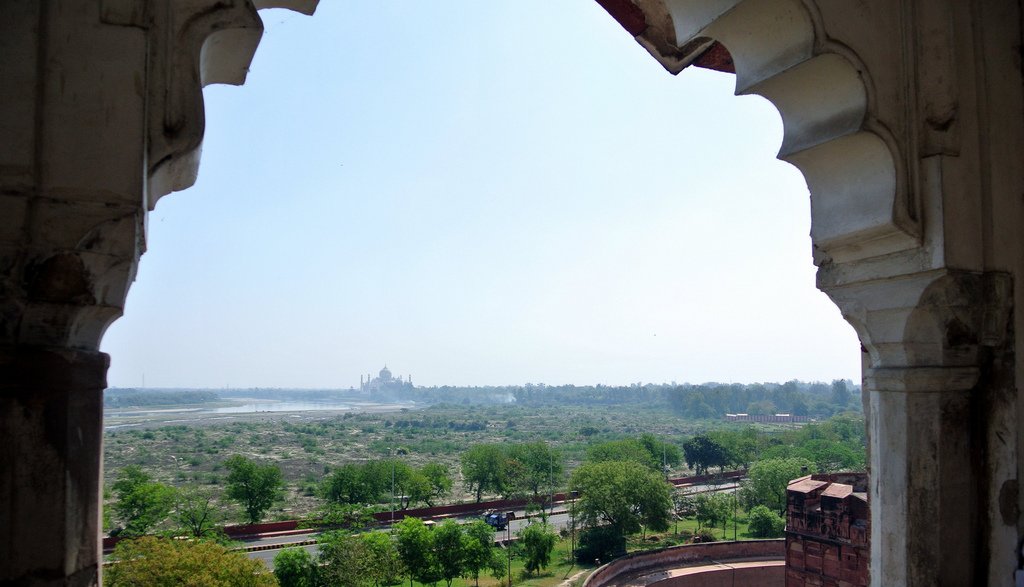
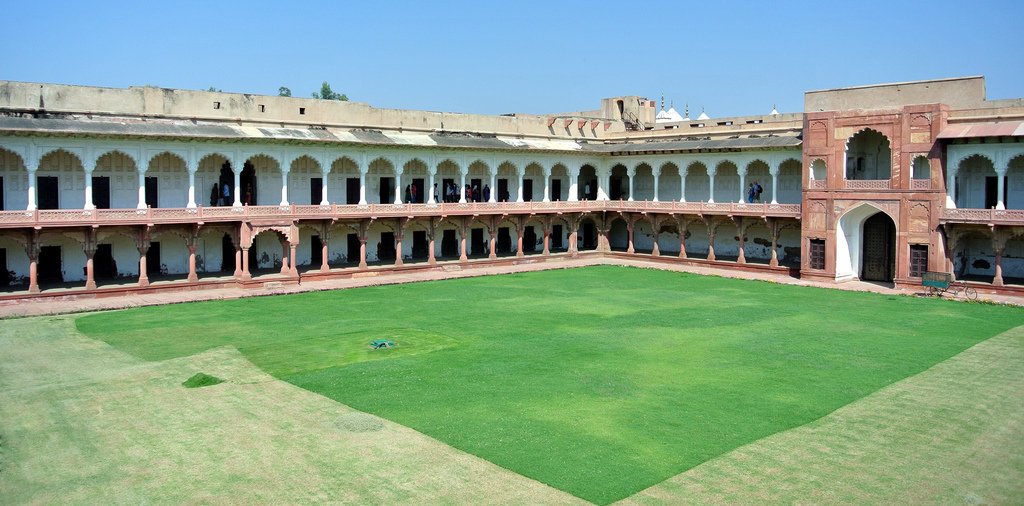
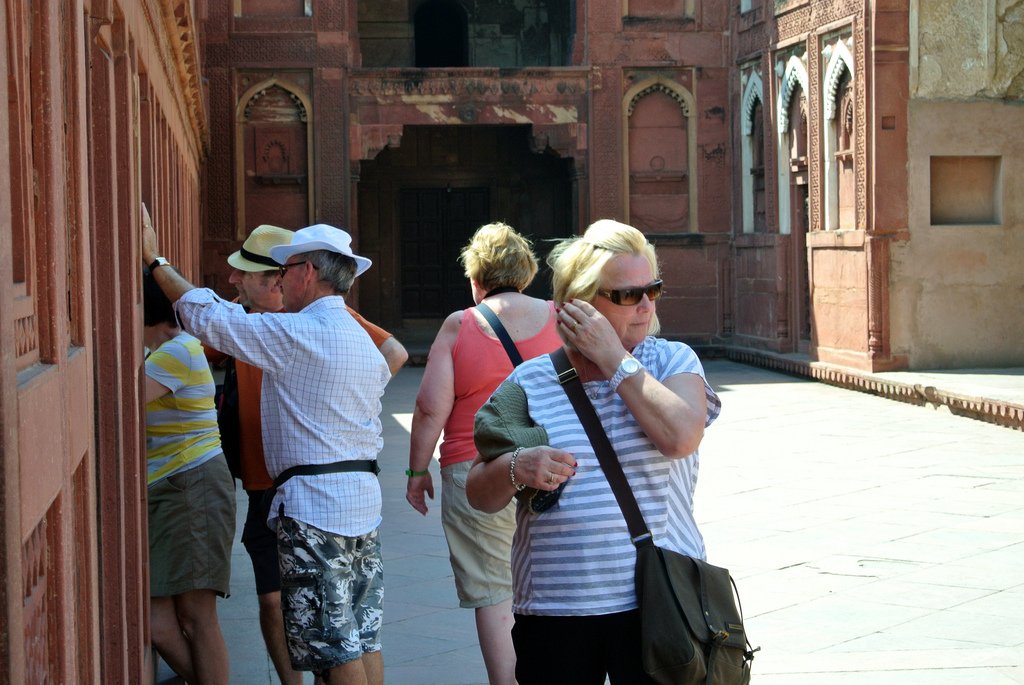
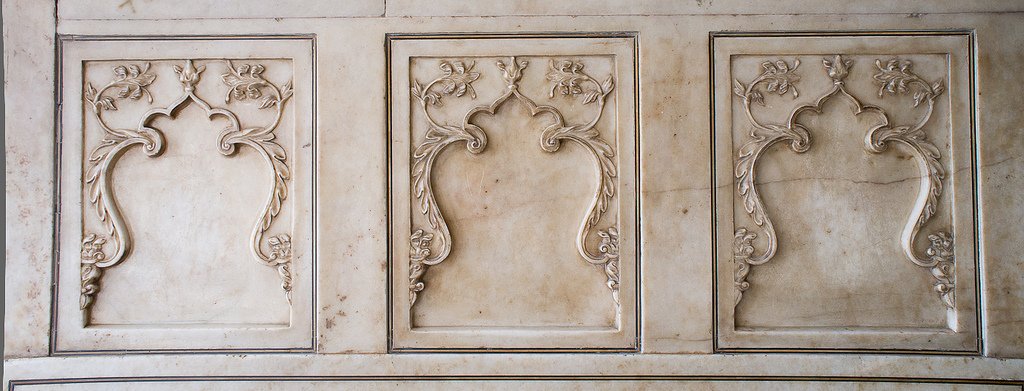
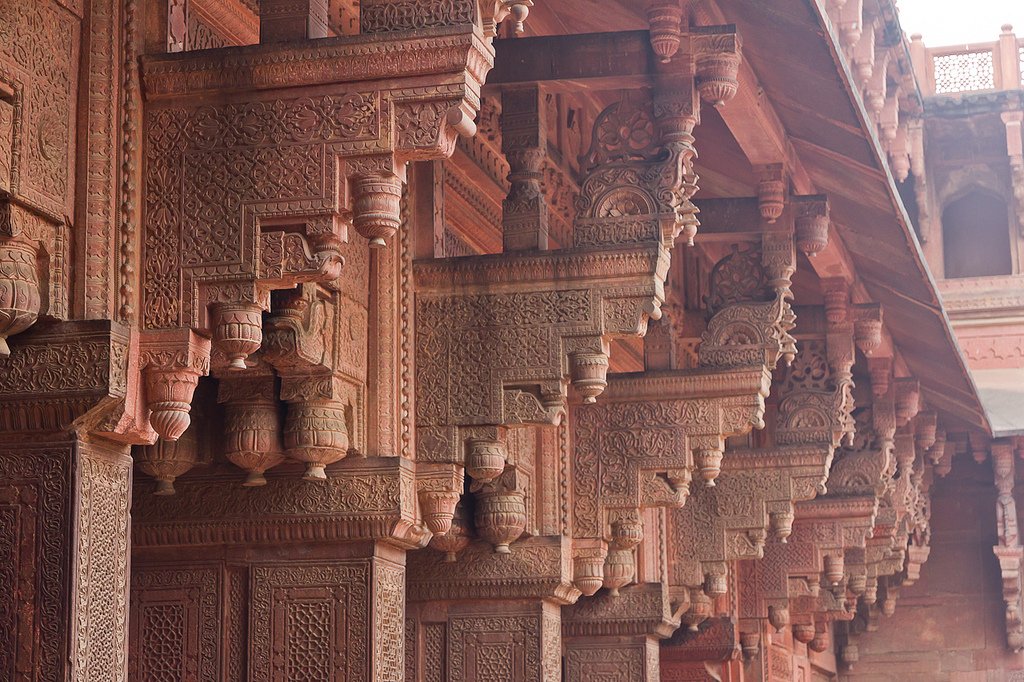
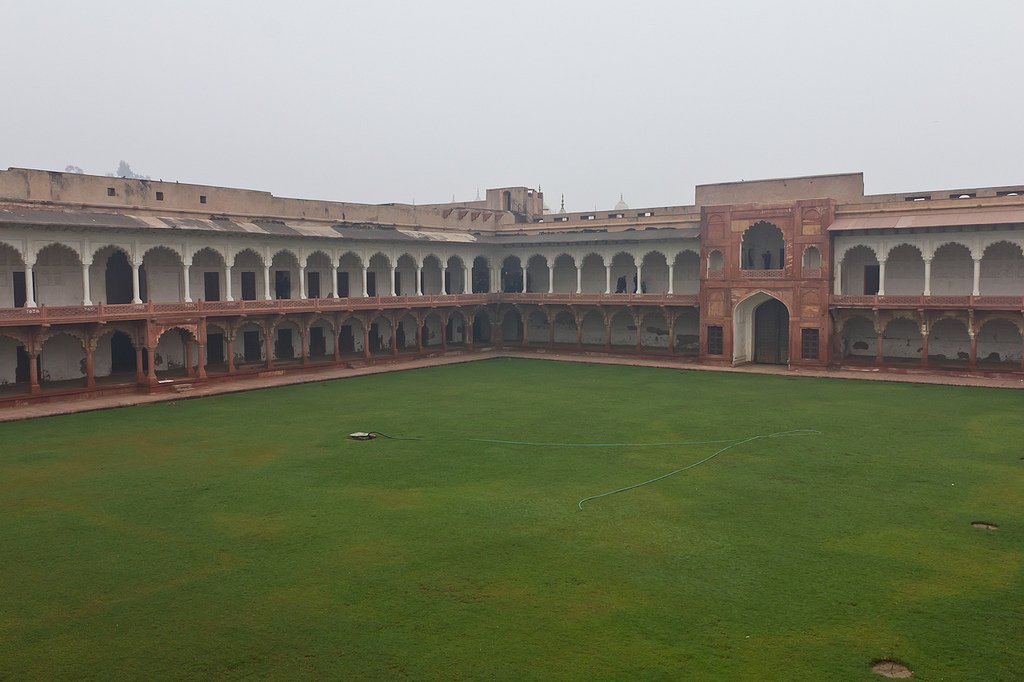
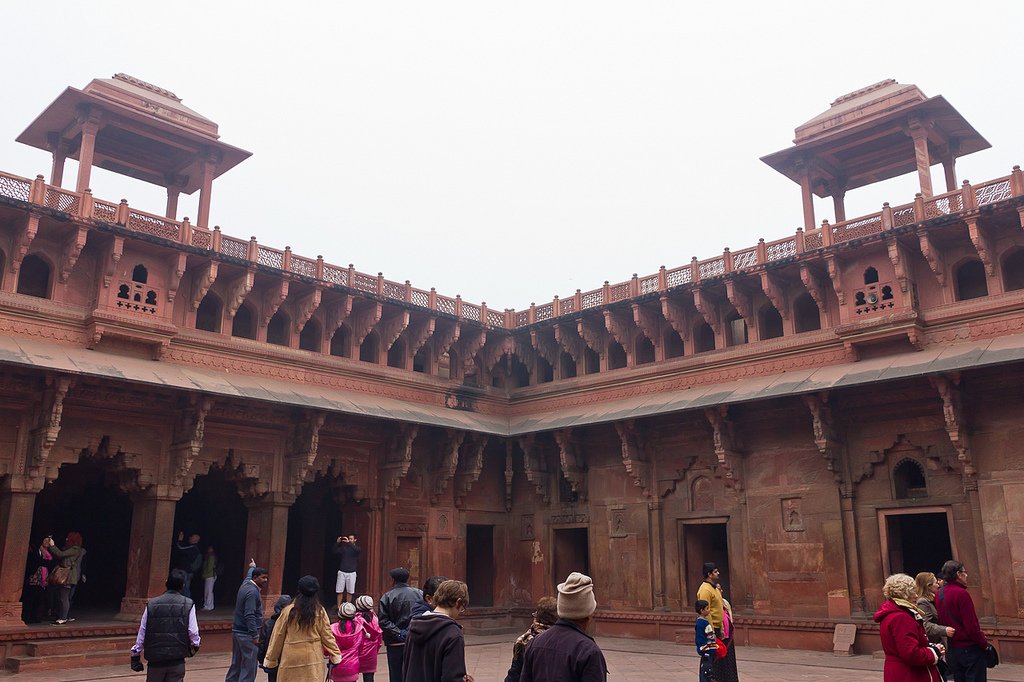
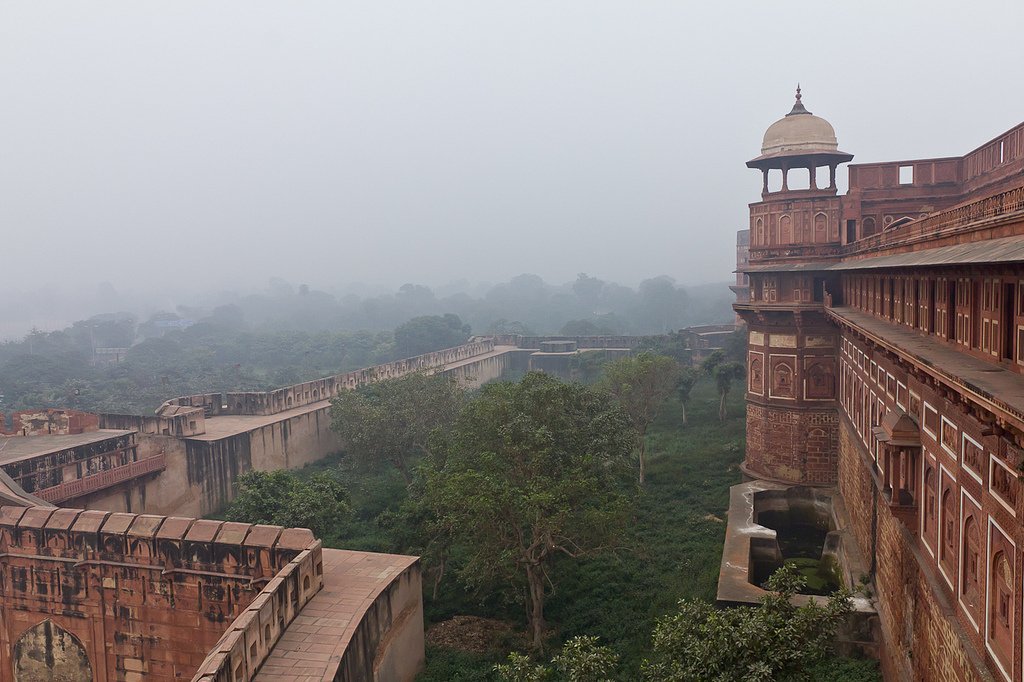
General information
Indians/foreigners Rs. 20/300, video Rs. 25;open from dawn to dusk
.Visiting the Agra Fort and the Taj Mahal on the same day will get you a discount of Rs. 50 off the price of the two tickets.
.The huge double walls of the fort, resembling the shape of an ear, rise to a height of 20 meters and are 2.5 km in circumference. The Yamuna River originally flowed along the straight eastern side of the fort, and the emperors had their own ghats at this location. There is a whole maze of buildings, a city within a city, including various underground structures. Many of these buildings were destroyed by Nadir Shah, the Marathas, the Jats and finally the British who used the Agra fort as a garrison. Even today, much of the fort is used by the military, so civilians have limited access.
.The Amar Singh Gate on the south side is the only entrance to the fort these days. Entrance tickets can also be purchased here. The jagged design of the gate was meant to confuse the attackers who overcame the first obstacle-a crocodile-infested moat.
From here, the trail leads directly to the large Moti Masjid (Moti Masjid; Pearl Mosque), which is always closed. On the right, even before the Moti Masjid, you will see the large open Diwan-i-Am (Diwan-i-Am; Public Audience Hall) used by Shah Jahan to conduct internal government business. It has a throne room where the emperor listened to petitioners. Opposite it is the small and out of place tomb of John Colvin, Lieutenant Governor of the Northwest Province, who died at the fort from illness during the First War of Independence in 1857
.A small staircase to the left of the Diwan-i-Ama’s throne leads to a large courtyard. To your left will be the small but elegant Nagana Masjid (Nagina Masjid; Precious Mosque), built by Shah Jahan in 1635 for court women. Downstairs was the Women’s Bazaar, where the ladies of the palace bought goods.
>On the far side of the courtyard, along the eastern wall of the Agra Fort, is the Diwan-i-Klias (Diwan-i-Klias; Private Audience Hall) for meetings with important persons or foreign ambassadors. Once upon a time.the legendary Peacock Throne of Shah Jahan, adorned with precious stones, including the famous Kohinoor diamond, once stood in this hall. Au-rangzeb took the throne to Delhi, then in 1739 it was moved to Iran by Nadir Shah. After his assassination in 1747, the throne was taken apart. At some distance from the Taj Mahal rises above the river Takhti-i-i-Jehangir, a huge piece of black rock with an inscription on the edge. The throne that once stood here was made for Jehangir when he was Prince Salim.
.
Farther to the right of here (if facing the river) is the Slush Mahal (Slush Mahal; Mirror Palace), the walls of which are lined inside with tiny mirrors. It was closed for restoration at the time of our exploration, but you can see the shimmering mirrors through gaps in the doors.
.Farther away, on the east side of Agra Fort, you’ll find Musamman Burj and Khas Mahal, the beautiful white marble octagonal towers and palace where Shah Jahan sat for eight years until his death in 1666 and from where he could see the Taj Mahal, his wife’s mausoleum. When Shah Jahan died, his body was transported from here by boat to the Taj. The Mina Masjid, closed today, a little way off to the east, was his personal mosque.
.The large courtyard is Anguri Bagh, a garden that was revived only a few years ago. The courtyard has an innocuous-looking entrance (now closed) that leads down steps into a two-story labyrinth of underground rooms and corridors where Akbar kept his harem of 500 concubines.
.Continuing south, you will see Jehangir’s Palace, a red sandstone palace possibly built by Akbar for his son Jehangir. It blends Indian and Central Asian architectural styles in a reminder of the Mughals’ Afghan cultural roots. In front of the palace is the Hauz-i-Jehangir, a huge bowl made of a solid piece of stone that was used for bathing. Walking further will take you back to the main path leading to Amar Singh Gate.
.You can come here from Taj Ganj or come by cycle rickshaw for Rs. 20-30.
.